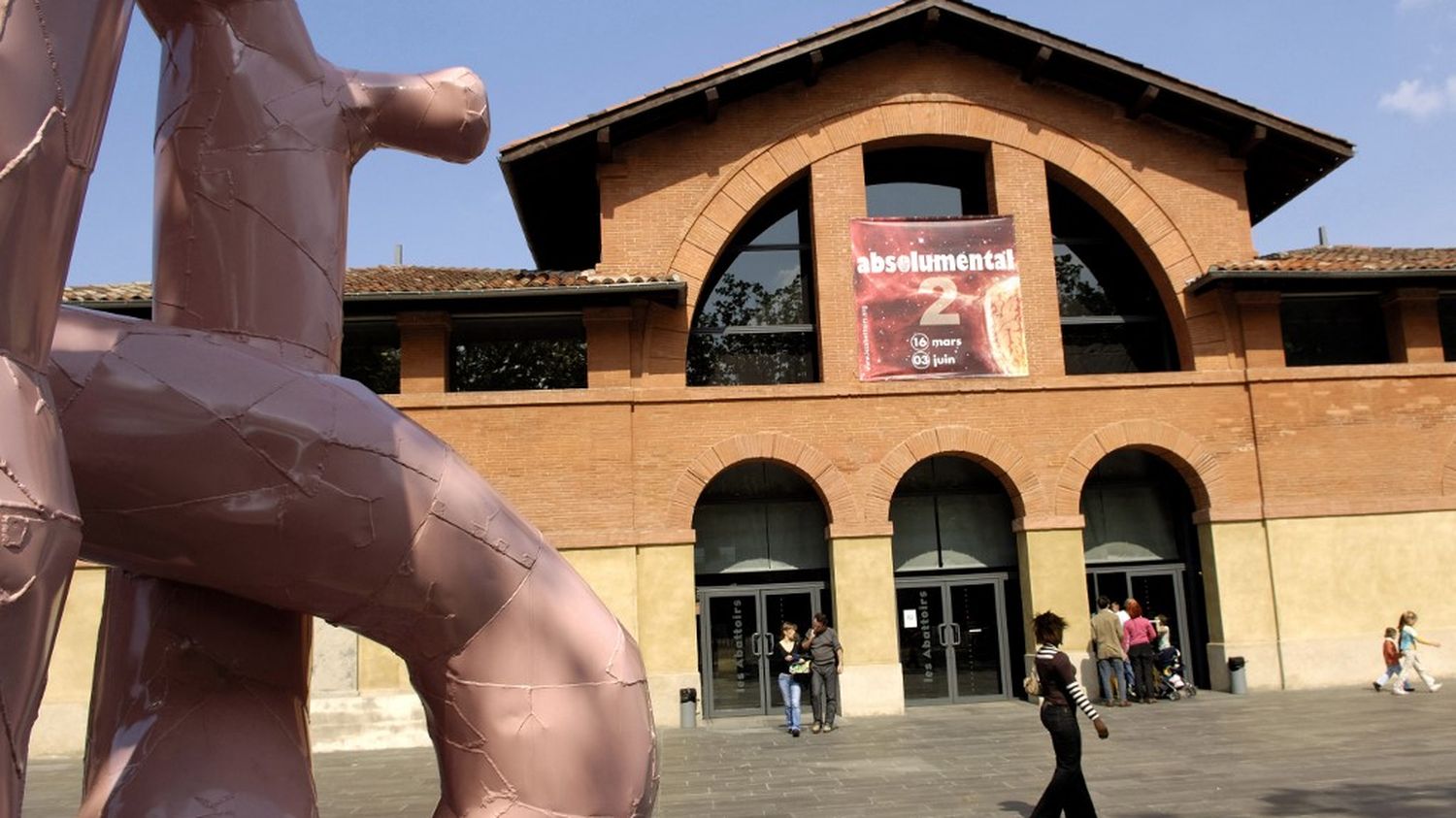Some museums use preventive conservation techniques and try to regulate temperatures around works in order to protect them.

Published
Reading time: 3 min

Peeling paint, brittle wood, softened iron… works of art also suffer from the vagaries of the climate and this concerns heritage professionals, who are mobilizing particularly in Occitania. “Works of art or heritage are built in materials sensitive to light, heat and humidity, and therefore ultimately to climate change,” explains Camille Haumont, restorer specializing in the preservation of library archives. A complex situation at a time when temperatures reached more than 40 degrees last August in Occitanie, one of the regions most affected by drought and heatwave phenomena.
“With temperature changes varying abruptly over short periods of time, materials contract or expand, and this modification of the support ends up making the materials brittle”
Camille Haumont, restorer specializing in the preservation of library archivesto AFP
Camille Haumont noted that “rising temperatures and humidity are impacting the rate of mold, which is becoming more and more frequent and more and more difficult to control.” Added to this is the appearance of pest insects, ground movements which crack buildings or, as at the Museum of Resistance and Deportation in Toulouse, an increased risk of flooding. “often devastating for collections”, according to the restaurateur.
Preventive conservation
Faced with these dangers, some museums use preventive conservation techniques and try to regulate temperatures around works in order to protect them. This is the case at the Abattoirs of Toulouse, whose collections are stored in “specific climates according to each material”, explains Lauriane Gricourt, director of this modern and contemporary art museum.
“Before acquiring a work, a person now makes sure to anticipate its conservation conditions, the way in which we will store it and above all under what conditions we will be able to distribute it to the public”
Lauriane Gricourt, director of the Les Abattoirs museum in Toulouseto AFP
The Museum of the Americas in Auch relies on “regulated windows”, capable of respecting the standards requiring the conservation of works at 21 degrees in winter and 24 in summer. This system was installed there for the famous mosaic of feathers on wood The Mass of Saint Gregory, particularly sensitive to temperature changes. If such boxes are multiplying according to Claire Leger, expert in heritage preservation in the Haute-Garonne department, their high cost slows down their generalization.
Cultural institutions are also seeking to reduce their energy impact. Thus the Abattoirs hope for a modification of the conservation rules in order to reduce their carbon footprint, a subject discussed within the International Council of Museums (ICOM), which has the particular mission of establishing “ethical standards” for the sector. “The ideal would be to know if the works can withstand greater temperature variations. But for fragile materials like wood or metal, some restorers believe that we are taking a risk”says Lauriane Gricourt.
Losses on the rise
Bouclier Bleu, a heritage protection association originally deployed in conflict zones, now intervenes more and more in France where, according to its figures, at least “a disaster every eight days affected cultural heritage during the year 2021-2022”. “Drought has a direct impact on heritage, but it also triggers risk (…) It is not because we are in an area where a priori there are no floods that tomorrow there won’t be a storm or a mega-fire.”observes Claire Leger, director of the association, recently involved in emergency drying after the flooding of a chapel in Beynac, in the Hautes-Pyrénées.
This volunteer firefighter, expert in heritage preservation within the Haute-Garonne department, works on action plans with the emergency services, in order to preserve historic buildings and works: “In recent years, the severity of losses has continued to increase. adds Camille Haumont, another member of Bouclier Bleu. SO “in Occitania, the cathedrals all have their backup plans and the firefighters know which collections need to be evacuated and how to do so.”
